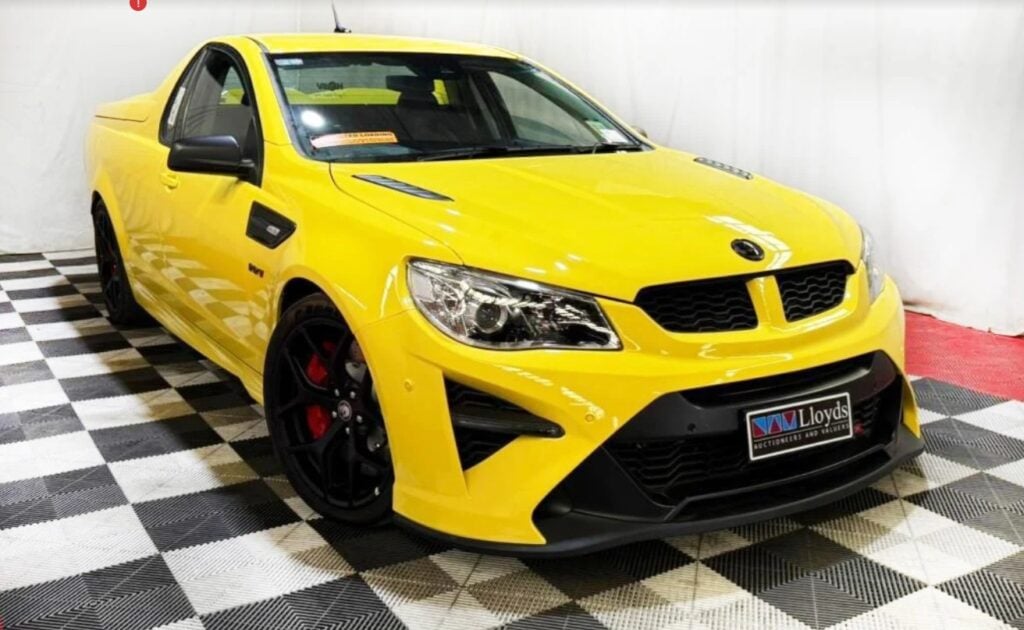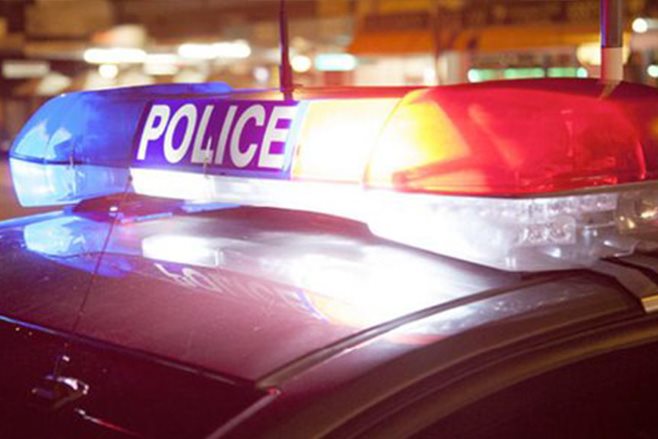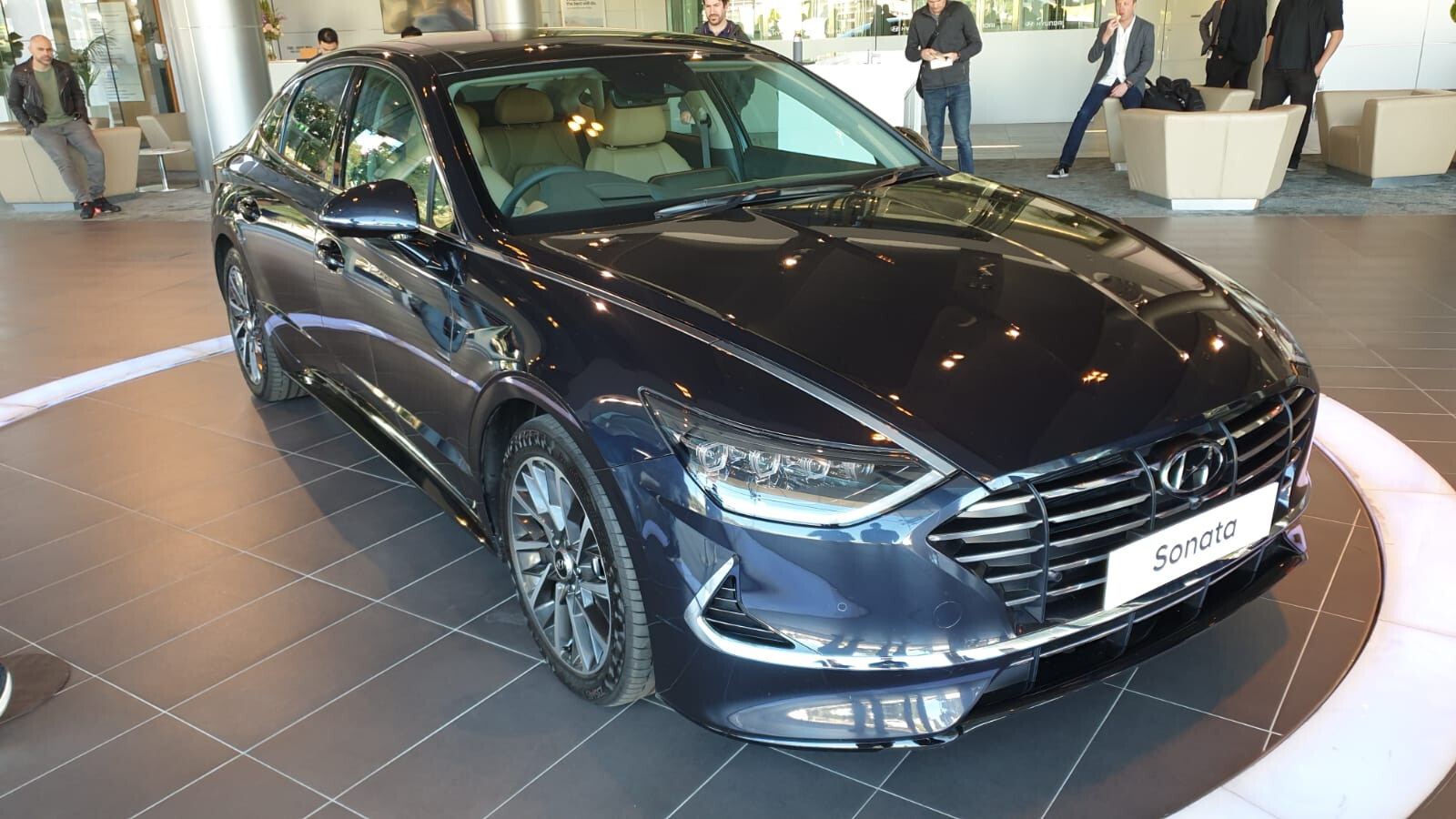
Hyundai has revealed plans to update almost every vehicle it sells in the Australian market as it consolidates its place in the minds of the Australian car buying public.
The next 18 months will see the return of the Sonata sedan, the launch of the i30 sedan and Palisade eight-seat SUV, a reboot of the Tucson and i30, and a thorough makeover of Hyundai’s N and N-Line model roster.
That makeover of the N brand includes the release of the eagerly awaited i30N equipped with an eight-speed dual-clutch gearbox and the launch of the i20N supermini.
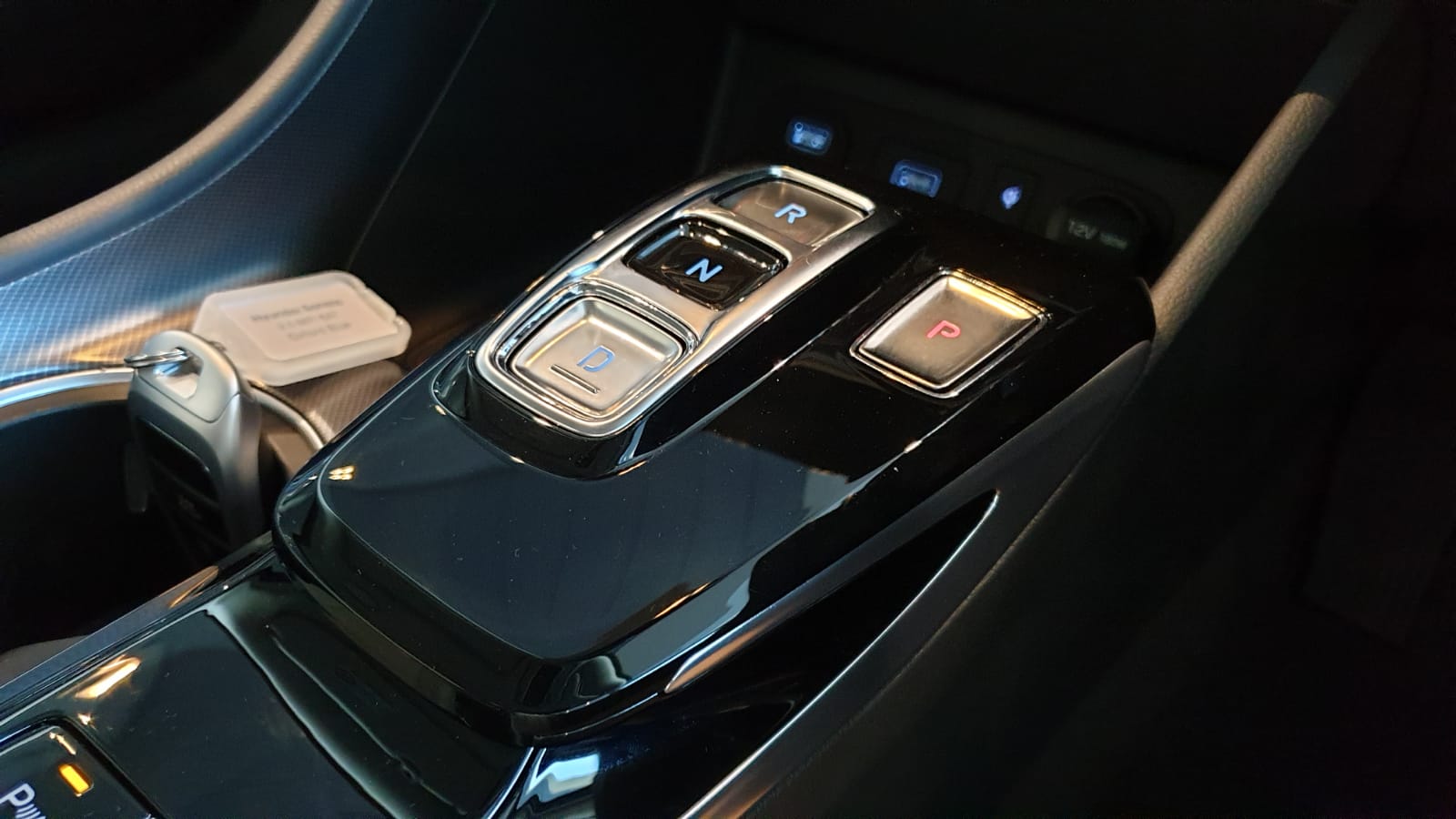
Hyundai’s CEO John Kett told journalists that Hyundai’s long-burn success had come on the back of a price-point driven mentality; the company was synonymous with low ‘driveaway’ retail pricing in the 1990s, which gave it volume at the expense of it brand image.
“Looking forward and looking at the challenges that we have, it’s also important to celebrate the progress of the past,” he said. “There’s a time for retailing and there’s a time for brand, and over the next year we’ll find a better balance.”
“When you think about our journey so far, it’s largely been characterised by being a renowned price leader and a creator of ‘driveaway no more to pay’ pricing in Australia … and we were very large partners with rental and super large fleets.”
This focus will shift in line with car buyer preferences, as Aussies continue to move away from sedans and towards SUVs and move their tastes upmarket when it comes to spec levels.
A surprise surge into the receding sedan segment will be spearheaded by the newest addition to the i30 roster, the sedan, which will give the company’s best-selling nameplate the firepower to go up against likes of Toyota’s Corolla and Mazda’s 3 range.
Replacing one of Hyundai’s oldest nameplates in the Elantra, the i30 Sedan will be based on an all-new architecture that WhichCar understands will be used for the next generation of i30 hatch.
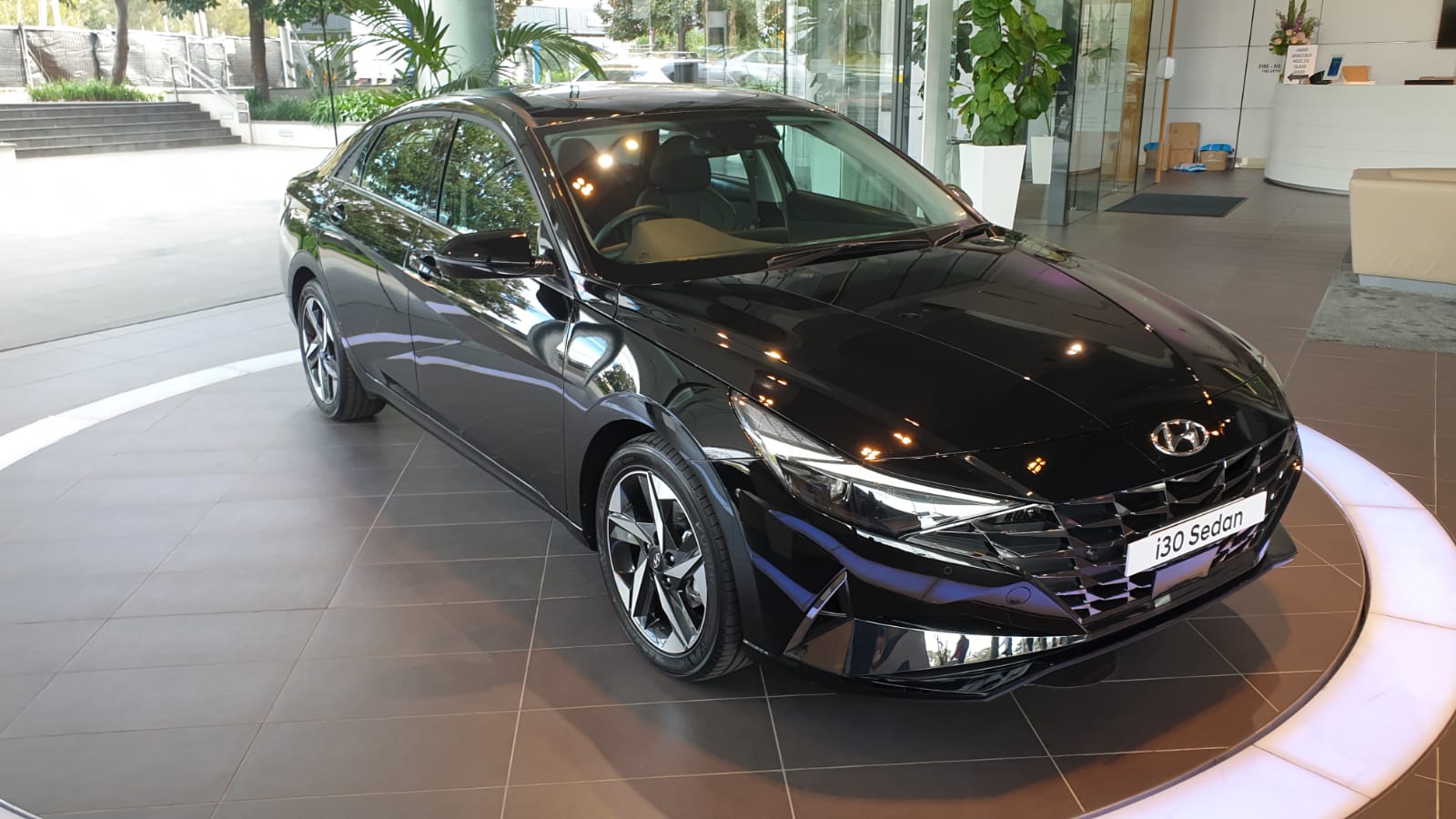
The i30 sedan will replicate the engine/transmission offerings of the hatch, with both a 2.0-litre naturally aspirated four-cylinder and 1.6-litre turbocharged four-cylinder petrol engines offered within a range that’s yet to be locked down.
Though it’s yet to be confirmed, an N-Line version of the i30 Sedan is all but a certainty to join the lineup alongside the hatch version.
A pair of 10.25-inch digital screens for the dash and multimedia systems wrap around the driver, while a low-slung driver’s seat and central spar provide a cocooned space.
Rear passenger room in the i30 sedan – which has a longer wheelbase than the hatch – is greater than expected, too, with a scalloped headlining to eke out a few more crucial millimetres, decent knee room and acceptable toe room.
Despite a similar silhouette to the 130N fastback, the bootlid on the sedan gives the game away.
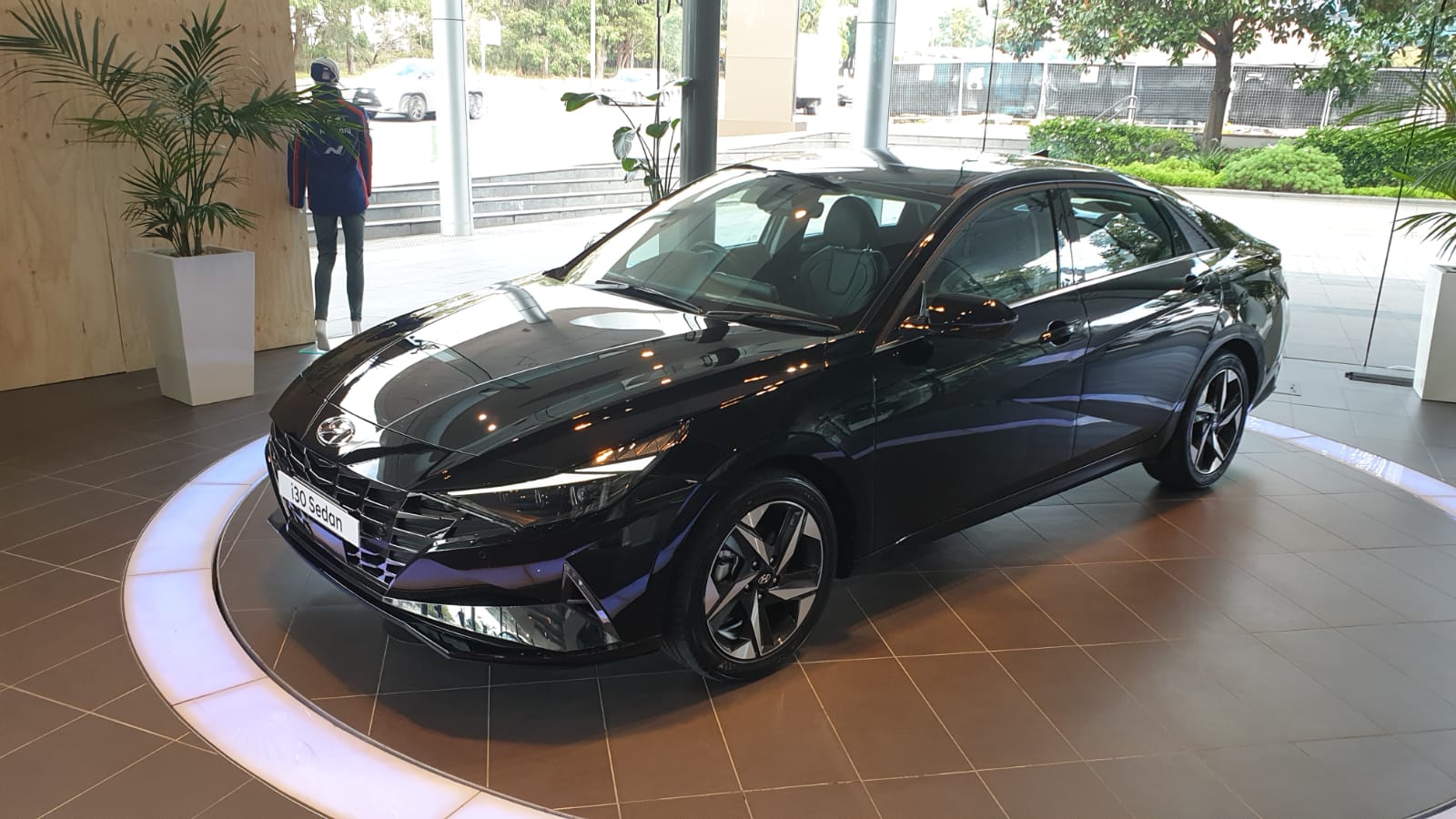
Although the cars presented weren’t final production versions, there is plenty of evidence to suggest that the two cars are indicative of Hyundai’s push upwards in terms of spec and presentation.
There’s more power on offer for the larger Sonata, with a new direct-injection 2.5-litre four-cylinder engine on offer.
It will come in turbo and non-turbo versions, housed under the bonnet of a handsome coupe-style sedan with a high level of technology, and which also rides top of a brand new platform.
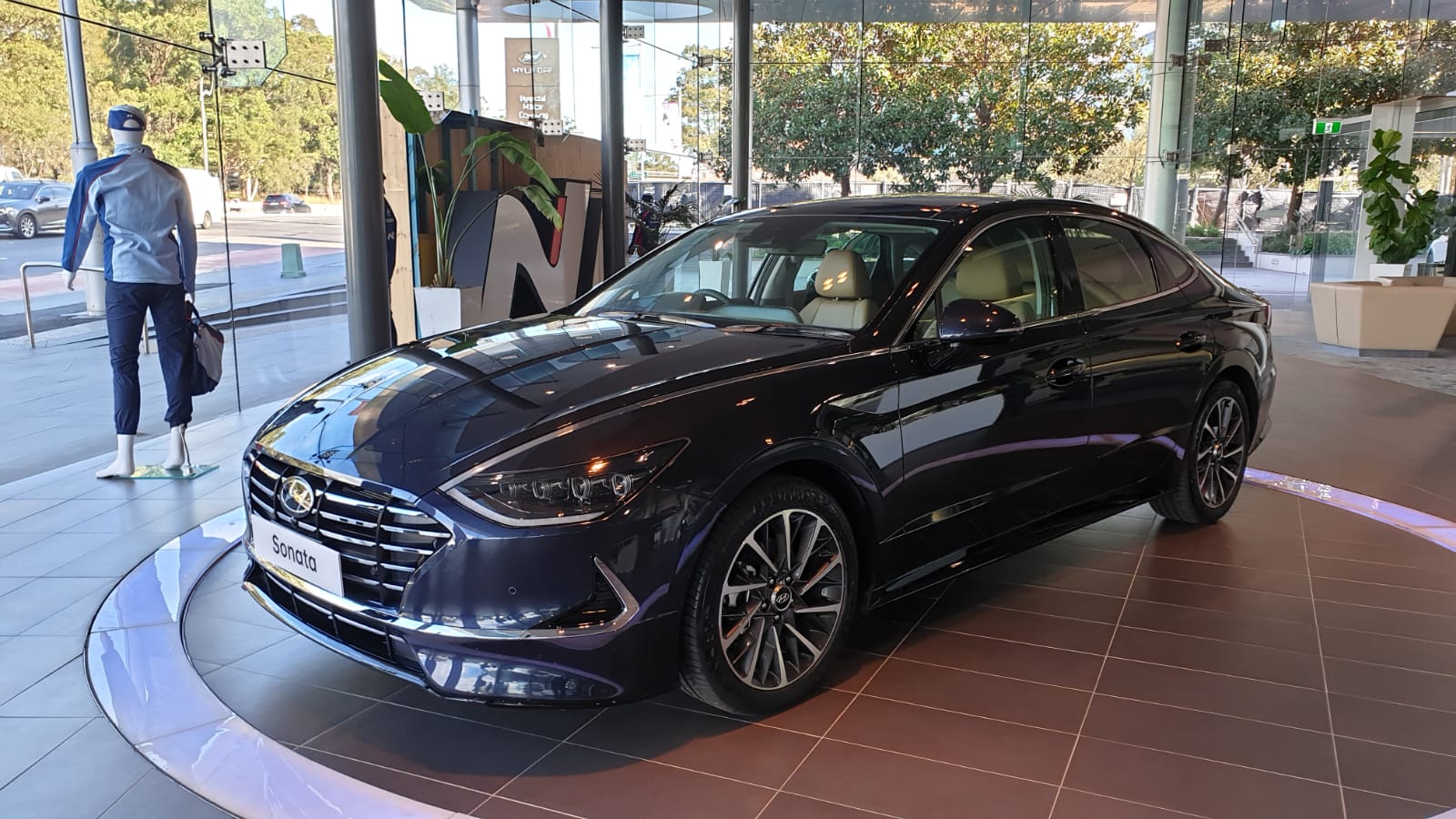
The Sonata’s LED lighting signatures and prominent grille also set the car apart, while a slightly different double-screen layout in the cabin is complemented by knurled metal details that serve to lift the cabin.
Details dropped on the new generation Sonata – known as the DN8 – in March 2019, revealing a new platform (below), loads of high-tech inclusions and a premium interior.
Hyundai says that both cars will come with advanced safety features as part of a Smart Sense upgrade, as well as scoring additional active safety measures over and above the basic set.
A camera- and radar-based AEB system will give the cars the ability to avoid cross-junction crashes, while an advanced blind-spot warning system will not only project an image onto the screens of select models, but will be able to steer away from the danger.
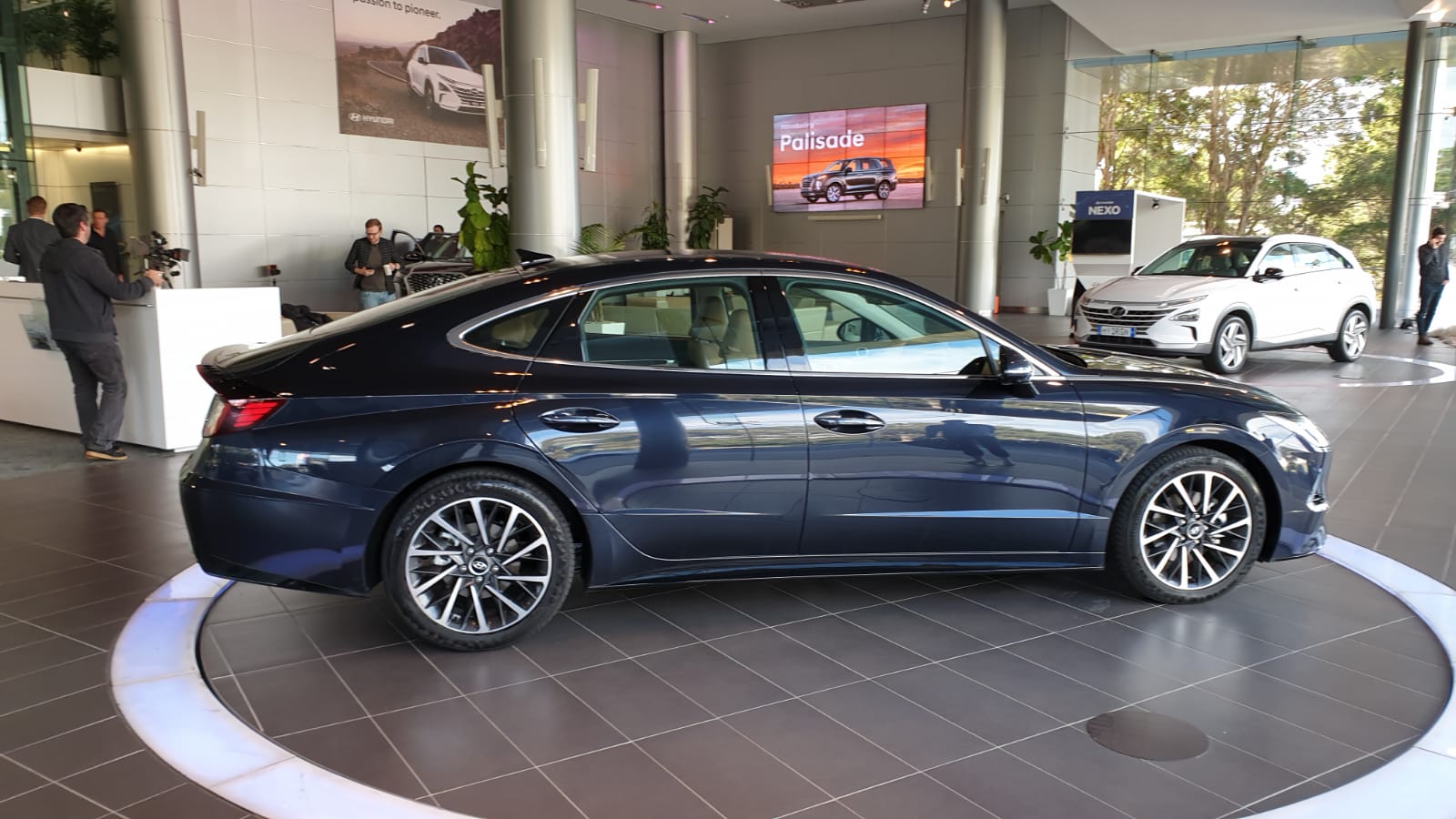
Radar-aided cruise control will also give the cars the ability to stop and start in traffic.
The Sonata will take on the all-dominant Toyota Camry, and though Hyundai wouldn’t be drawn on what the final line-up would look like, an entry-level car would likely be competitive on price with the cheapest Camry.
Like the i30 Sedan, an N-Line version of the Sonata is a likely starter for Australia, and will most likely use the turbocharged version of the new 2.5-litre four-cylinder engine.
It will also mark the debut of an eight-speed dual-clutch gearbox that will be used in the i30N.
Stay tuned to whichcar.com.au for more news on Hyundai’s huge rollout,. including the N and N-Line models as well as the Palisade SUV.

